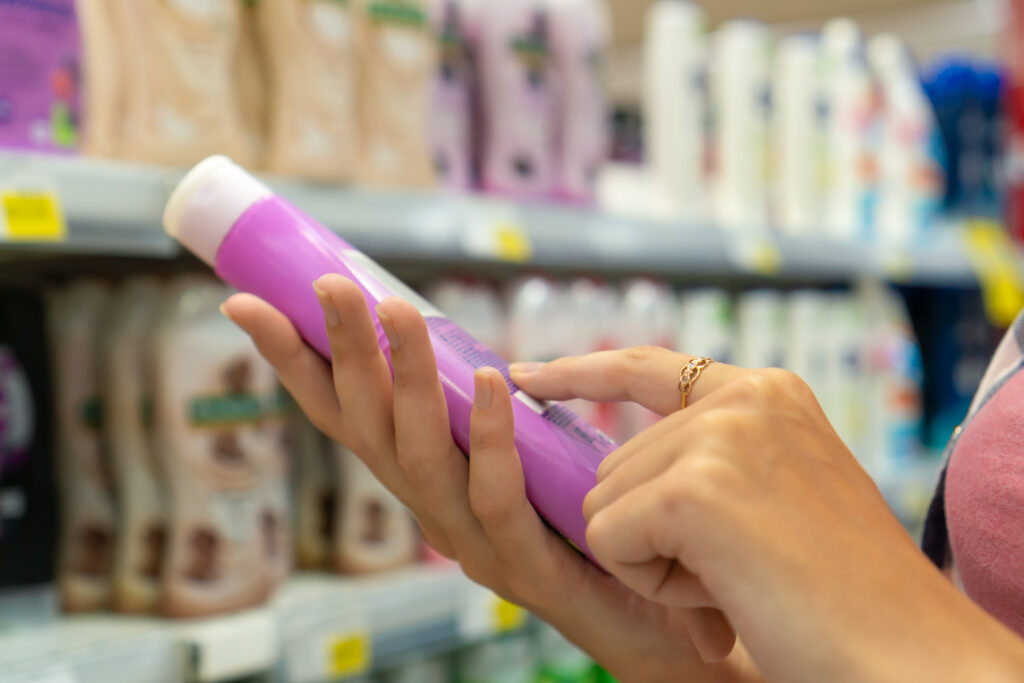The shelf life is the period during which the manufacturer has determined a cosmetic or personal care product to be best suited for use.
No regulations or requirements under current U.S. law require manufacturers to print specific expiration dates on the labels of cosmetics and personal care products. However, they are required to determine shelf life as part of their responsibility to substantiate safety.
Expiration dates are required for most over the counter (OTC) drugs. Regulations do not require an expiration date for OTC drugs without dosage limitations (e.g., antiperspirants, antidandruff shampoos, toothpaste, sunscreens, etc.), provided these products have demonstrated at least three years of stability.
In Europe, cosmetics products with a lifespan longer than 30 months must show a “period-after-opening” (PAO) time. PAO is the time, recorded in months, when the product will remain in good condition after the consumer has used it for the first time. A symbol of an open cream jar is usually used instead of words with the PAO alongside or inside the symbol. Although this symbol can be found on some U.S. cosmetics and personal care products, it is not required.

Any cosmetic or personal care product in Europe with a lifespan of fewer than 30 months must show a “best-before-the-end-of” (BBE) date. The lifespan is usually shown using the “egg timer” symbol followed by the date or with words abbreviated as BBE or Exp, followed by the date. Very few products are labeled with BBE dates because most are known to last more than 30 months.
Some products do not require any of these because the product will not deteriorate during normal use. Examples are aerosols, which are effectively sealed; perfumes with high alcoholAlcohols are a large class of important cosmetic ingredients but only ethanol needs to be denatured to prevent it from being redirected from cosmetic applications to alcoholic beverages. content; or single-use packs.
Consumers should be aware that expiration dates are “rules of thumb.” Like food, product quality may decline before the expiration date without proper storage. Products that have been improperly stored (e.g., exposed to high temperatures or sunlight or opened and examined by consumers before final sale) may deteriorate substantially before the shelf life or expiration date.
Why does eye makeup have a shorter shelf life?
The shelf life for eye-area cosmetics is more limited than for other products because it is more susceptible to microbial infection during use by the consumer. Manufacturers recommend discarding mascara three to six months after purchase or when it becomes dry. Consumers should never add water or saliva to moisten the mascara because it may introduce bacteria into the product. If an eye infection occurs, consult a physician immediately, stop using all eye-area cosmetics, and discard products used when the infection occurs.
Best practices for using cosmetics and personal care products:
- Read instructions carefully and take note of any warnings!
- Tightly close lids on products when not in use
- Use products within their intended lifespan (as indicated by the PAO symbol, best-before or expiration date)
- Avoid storing products in direct sunlight or near sources of heat; choose cooler but not freezing areas where possible
- Never dilute products (e.g., mixing water in mascara)
- Apply products with clean hands or an applicator
- Wash applicators thoroughly with soap, detergent or mild shampoo, and allow to dry completely before use
- Apply with a new, unused applicator when testing in a store
- Avoid sharing cosmetics and personal care products with anyone
- When in doubt, throw it out!